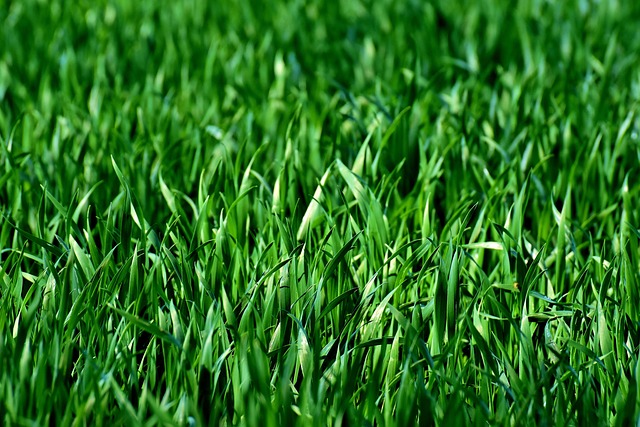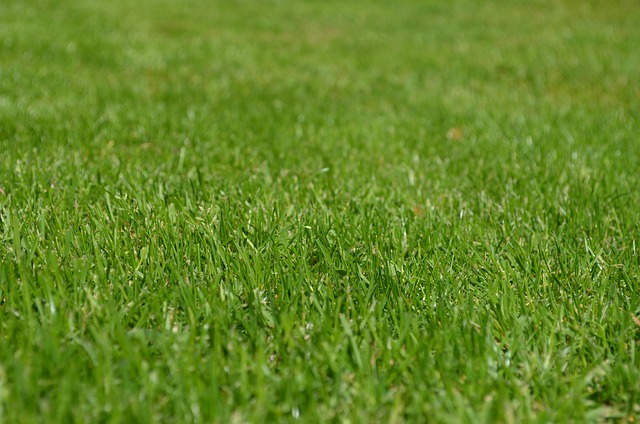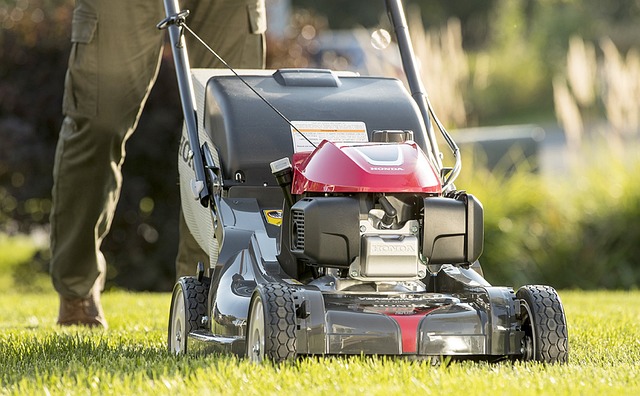Recognize common lawn fungus symptoms in Colorado Springs: discolored patches, wilting foliage, and fuzzy growth. Inspect soil and blades closely for early identification. Test samples with home kits or labs for precise restoration strategies. Address fungus through aeration, fungicides (including organic options), and proper lawn care practices to restore garden bed health.
Are you tired of seeing your lawn bed looking dull and unhealthy? It might be a case of lawn fungus, a common issue in Colorado Springs’ unique climate. Recognizing the symptoms is the first step; look out for patches of dead or discolored grass. If you suspect an infection, testing and diagnosis are crucial to identifying the specific type of fungus affecting your garden bed. Once identified, effective treatments can restore your lawn to its vibrant green self.
- Recognize Common Lawn Fungus Symptoms in Colorado Springs
- Test and Diagnose the Specific Lawn Fungus
- Restore Your Garden Bed Using Effective Treatments
Recognize Common Lawn Fungus Symptoms in Colorado Springs

In Colorado Springs, recognizing common lawn fungus symptoms is crucial for effective garden bed restoration. Fungal infections can manifest in various ways, from patches of dead grass to discolored and wilting foliage. Look out for areas where the grass appears thin or completely missing, as these could indicate fungal infestations such as brown patch, which is prevalent in our region’s warm, moist summers. Additionally, keep an eye on any fuzzy, white, or grey growth on the lawn, which might be signs of mold or mildew.
Identifying these symptoms early is key to successful treatment. If you notice any of these issues, take a dive into the root of the problem by examining the soil and grass blades closely. This will help in pinpointing the specific type of fungus affecting your lawn, enabling targeted treatment methods for optimal garden bed restoration. Remember that timely intervention can prevent the spread of fungal diseases and restore your lawn’s health.
Test and Diagnose the Specific Lawn Fungus

Identifying lawn fungus in Colorado Springs starts with a thorough examination of your lawn. Look for patches of discolored grass, often appearing as brown or yellow spots, which could indicate fungal infection. Check for any irregular shapes, edges, or patterns within the affected areas. Feel for moldy textures or slimy substance on the grass blades. These visual cues are strong indicators that a fungus is present and causing damage.
Once you suspect a lawn fungus, test it to determine the specific type. Colorado Springs’ climate supports various fungal growths, so accurate identification is crucial. Home testing kits can provide an initial assessment, but for more precise results, consider sending samples to a local laboratory specializing in mycology (the study of fungi). This step ensures you understand which fungus you’re dealing with and the best course of action to restore your lawn bed effectively.
Restore Your Garden Bed Using Effective Treatments

Restoring your garden bed involves more than just removing dead plants and weeds; it requires addressing any underlying issues, especially identifying and treating lawn fungus in Colorado Springs. Fungal infections are a common problem for lawns in this region due to the climate, so proactive measures are necessary to maintain a healthy garden. Start by examining the affected area closely, looking for signs of discolored grass, thin patches, or mold growth. These indicators point to various types of lawn fungus, each requiring specific treatment.
Once identified, treating the fungus involves several effective methods. One approach is to aerate the soil, promoting better air circulation and water penetration, which can weaken fungal outbreaks. Applying fungicides tailored to the specific type of fungus is another crucial step. Consider organic options or consult with a local gardening expert for recommendations suitable for your lawn. Additionally, improving overall lawn health through proper watering, fertilizing, and mowing practices will make it more resistant to future fungal invasions, ensuring your garden bed remains vibrant and robust.
Restoring your lawn plant garden bed doesn’t have to be a daunting task. By recognizing common fungus symptoms specific to Colorado Springs, testing and diagnosing the issue accurately, and implementing effective treatments, you can effectively revitalize your garden bed. Remember, prompt action is key to preventing further damage and ensuring a lush, vibrant yard. In identifying lawn fungus in Colorado Springs, understanding the problem and taking proactive measures will lead to a healthier, more robust garden bed for years to come.
